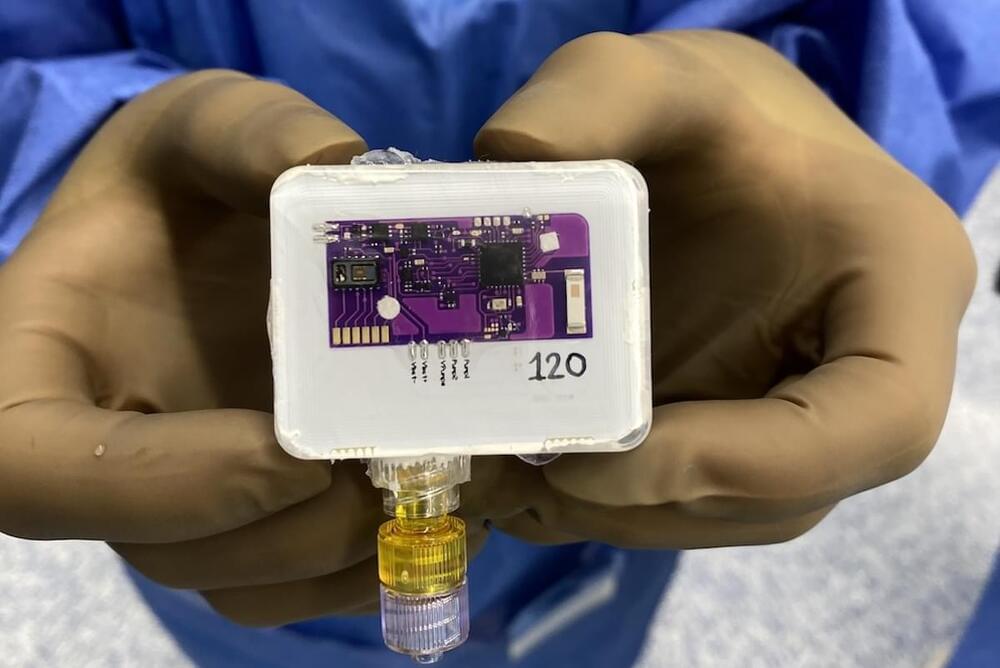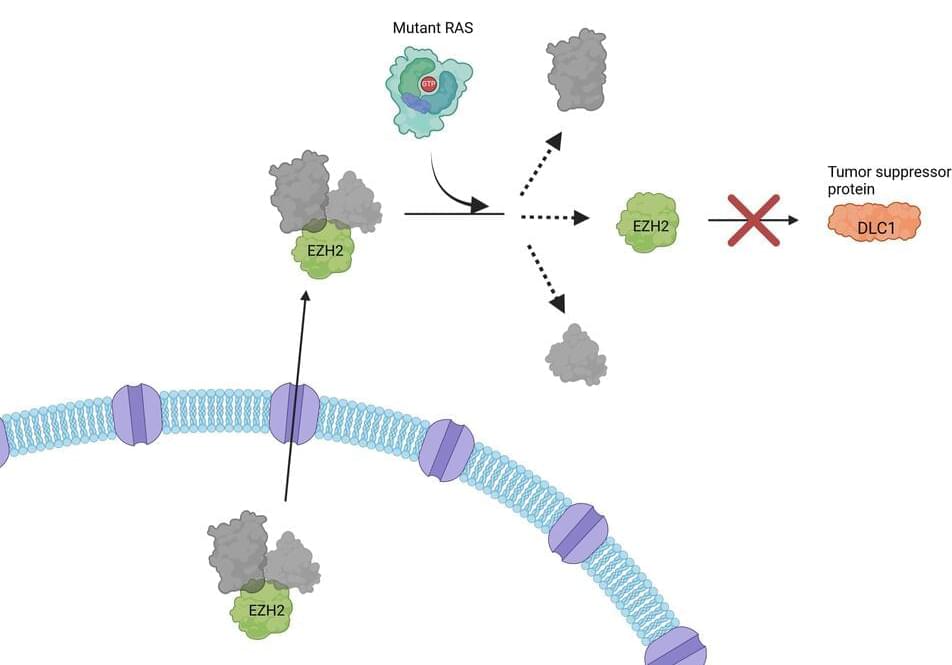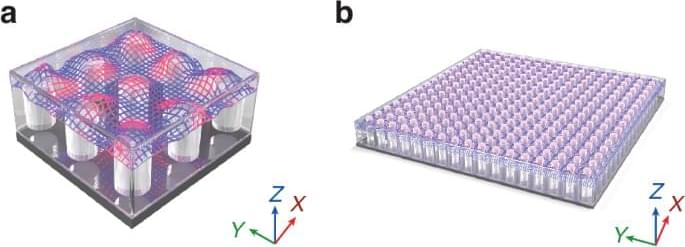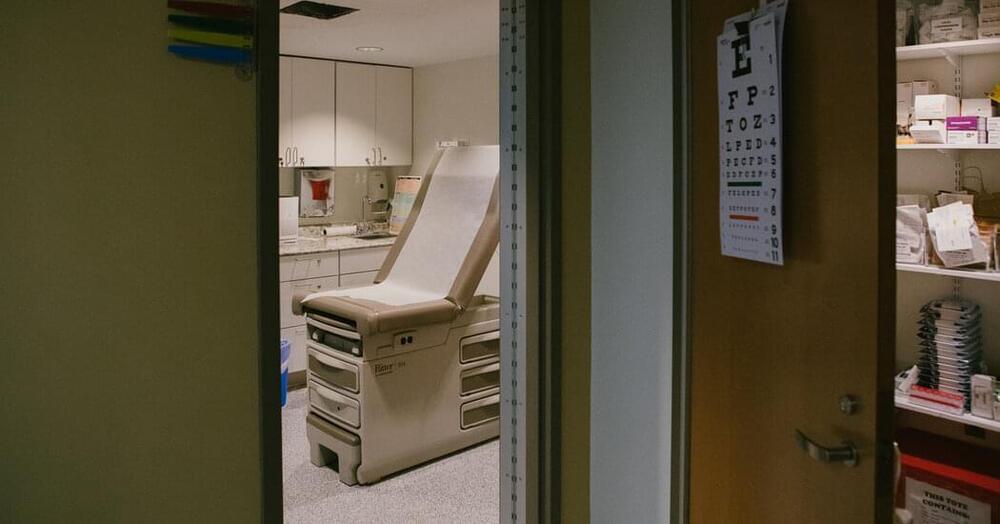A team of scientists led by Northwestern Medicine investigators has created an implant capable of reversing an opioid overdose, according to findings published in Science Advances.
More than 100,000 people died from an opioid overdose in 2022, according to data collected by the Centers for Disease Control and Prevention. Synthetic opioid drugs including fentanyl have accelerated the rise in overdose deaths in the U.S. and are responsible for roughly 70 percent of all overdose deaths.
Although naloxone, sold as an over-the-counter nasal spray or injectable, can reverse an overdose, administering the medication requires a knowledgeable bystander, limiting its lifesaving potential.









